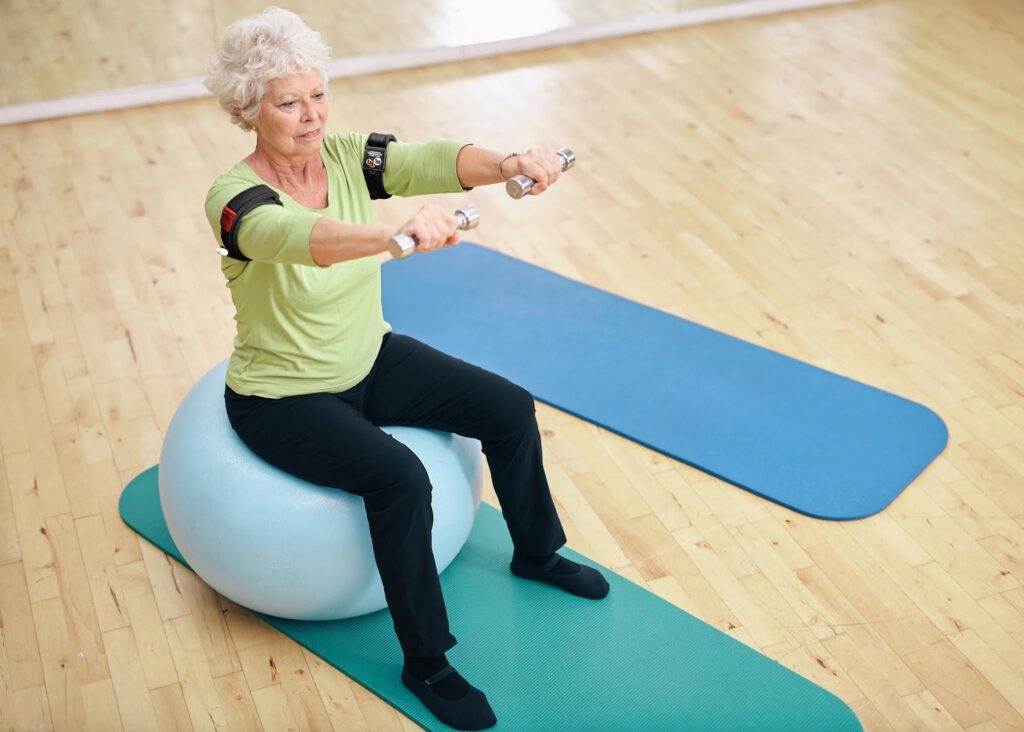
Introduction
As the global population ages, maintaining physical health and mobility becomes increasingly important. One emerging method that has gained popularity in both rehabilitation and fitness for the elderly is Blood Flow Restriction (BFR) training. BFR involves the use of specialized cuffs or bands to partially restrict blood flow to the muscles during exercise. This technique allows individuals to achieve muscle strength and endurance improvements with lower resistance loads, making it particularly beneficial for elderly individuals who may struggle with high-intensity exercise.
Enhanced Muscle Strength with Lower Load
Aging is often associated with a decline in muscle mass and strength, leading to increased frailty and risk of falls. Traditional resistance training can be challenging for elderly individuals due to joint pain, muscle weakness, and other age-related concerns. BFR training offers a solution by allowing for significant muscle activation and hypertrophy at much lower resistance loads, typically around 20-30% of one’s maximum capacity. Research has shown that BFR training can produce similar strength gains to conventional high-intensity resistance training, making it an effective alternative for older adults.
Improved Cardiovascular and Metabolic Health
BFR training has been shown to enhance cardiovascular function and metabolic efficiency. The temporary restriction of blood flow creates a hypoxic environment within the muscles, leading to increased production of growth hormones and vascular endothelial growth factors. These physiological responses contribute to improved circulation, better oxygen delivery, and enhanced metabolic processes, all of which are critical for overall health in elderly individuals.
Rehabilitation Benefits
Many elderly individuals undergo rehabilitation following injuries, surgeries, or medical conditions such as osteoarthritis or stroke. BFR training is particularly useful in rehabilitation settings because it enables muscle strengthening with minimal strain on joints and connective tissues. This makes it an excellent tool for post-surgical recovery and for those who have mobility limitations. Additionally, BFR has been found to accelerate muscle recovery and reduce muscle atrophy in individuals who are unable to engage in traditional high-intensity exercises.
Increased Bone Density and Functional Mobility
Bone density loss, or osteoporosis, is a significant concern for aging individuals, leading to an increased risk of fractures and mobility limitations. Studies suggest that BFR training may promote bone health by stimulating bone remodeling through increased mechanical and metabolic stress on the skeletal system. Additionally, by improving muscle mass and strength, BFR training enhances functional mobility, enabling elderly individuals to maintain independence in daily activities.
Safety Considerations and Implementation
Despite its numerous benefits, BFR training must be implemented with caution, especially in elderly populations. Proper guidance from trained professionals is crucial to ensure safe application and avoid potential risks such as excessive pressure leading to discomfort or circulatory issues. It is recommended that elderly individuals begin BFR training under supervised conditions and with gradual progression in intensity.
Conclusion
Blood Flow Restriction training presents a promising approach to rehabilitation and fitness for the elderly, offering significant benefits such as enhanced muscle strength, improved cardiovascular health, rehabilitation support, and increased bone density. By allowing for effective exercise at lower intensities, BFR provides an accessible and efficient way for aging individuals to maintain their physical health, mobility, and independence. With proper supervision and individualized adjustments, BFR training can be a valuable tool in promoting healthy aging and improving the quality of life in elderly populations.
